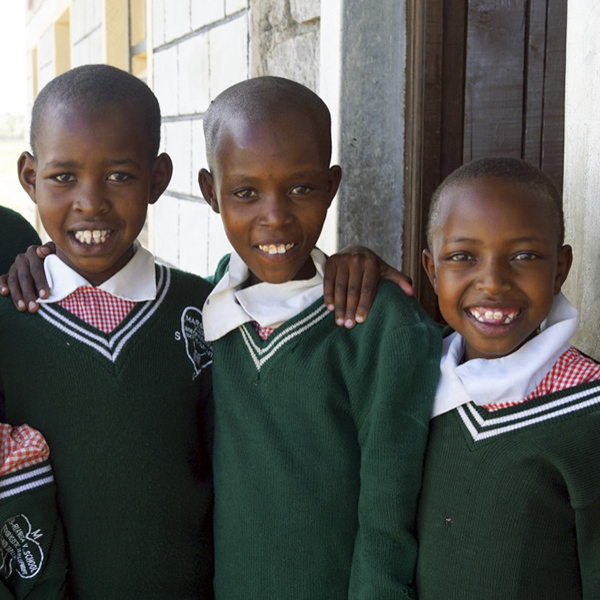Research team investigates oral diseases and infant mutilation at schools in Mara North
284 children from four local schools participated in the research and had their teeth examined. Especially the high level of fluoride in the drinking water is a matter of concern.

Within the period starting from January 28th to February 6th 2016, a group of seven professors, dentists and a biologist visited four primary and secondary schools in Mara North Conservancy, Kenya. The purpose was to carry out a research project among 300 school children. The focus of the study was the occurrence of tooth anomalies, infant oral mutilation and occlusal effects of it in addition to various periodontally-related aspects. The study comprised of an oral examination, a questionnaire part and collection of oral?biological samples (dental plaque and saliva).
Professor Dorte Haubek, Department of Dentistry, Aarhus University, is the principal investigator of the current research, and has initially had the idea and developed the first draft of the oral health?related research project, with further input after gathering a team of researchers from the University of Aarhus, Denmark, University of Umeaa, Sweden, and the University of Nairobi around her.
284 school children, 14 to 16 years of age, were recruited into the study after obtaining a signed informed consent from the caregivers of the children, and signed assents from the children.
Treatment needs observed during examinations were recorded on a list and later provided to the respective schools to liaise with the children’s caregivers and the local NGOs who would assist in the management of the oral health issues of the affected children.
The collected data is now under further analyses, although it was quite clear after the oral examinations that infant oral mutilation (i.e., removal of tooth buds in the lower front teeth region) is still frequently occurring in Maasai Mara and dental fluorosis (high level of fluoride intake) is a matter of concern.
Read more about the research project and the researchers here